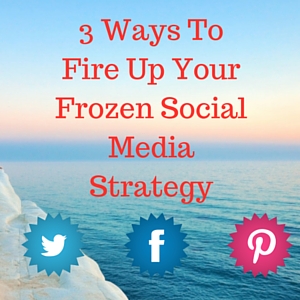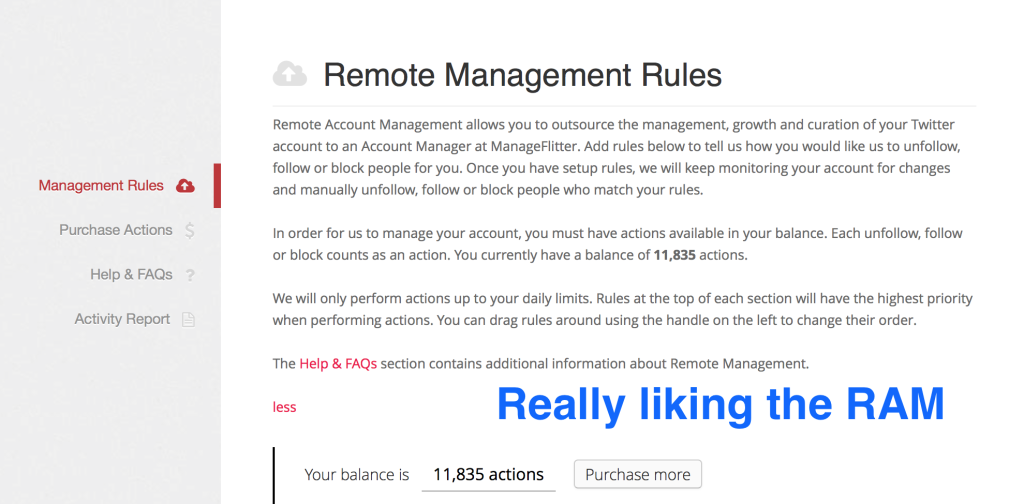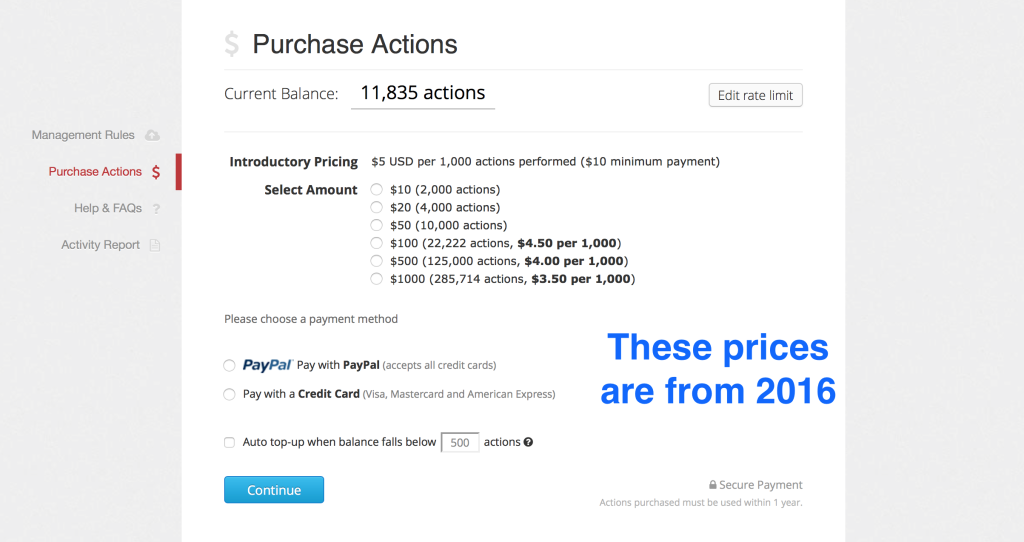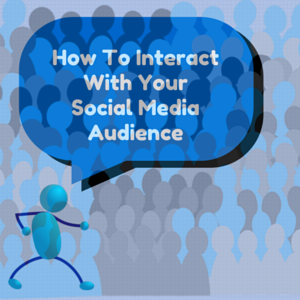Interacting with my audience has provided me with wonders. Each time I go through my notifications, I get anything ranging from encouragement to new opportunities.
Of course, I get some of the bad stuff too, but the positive interaction reigns as the majority.
In this video, I will explain why it is important to interact with your audience and what you can get from a professional standpoint and a personal standpoint.
If you like this video, then I would love it if you subscribed to my YouTube channel and spread the word.
[Tweet “5 Reasons To Interact With Your #SocialMedia Audience.”]





